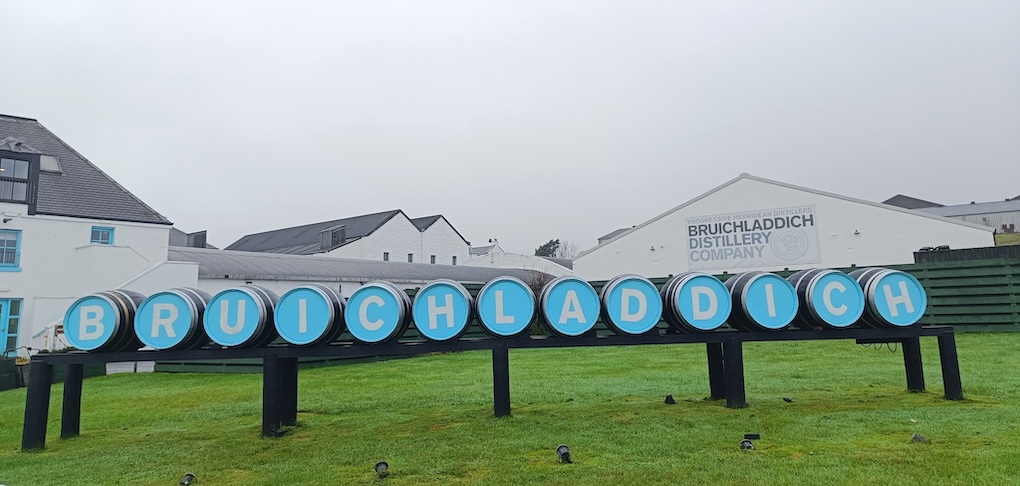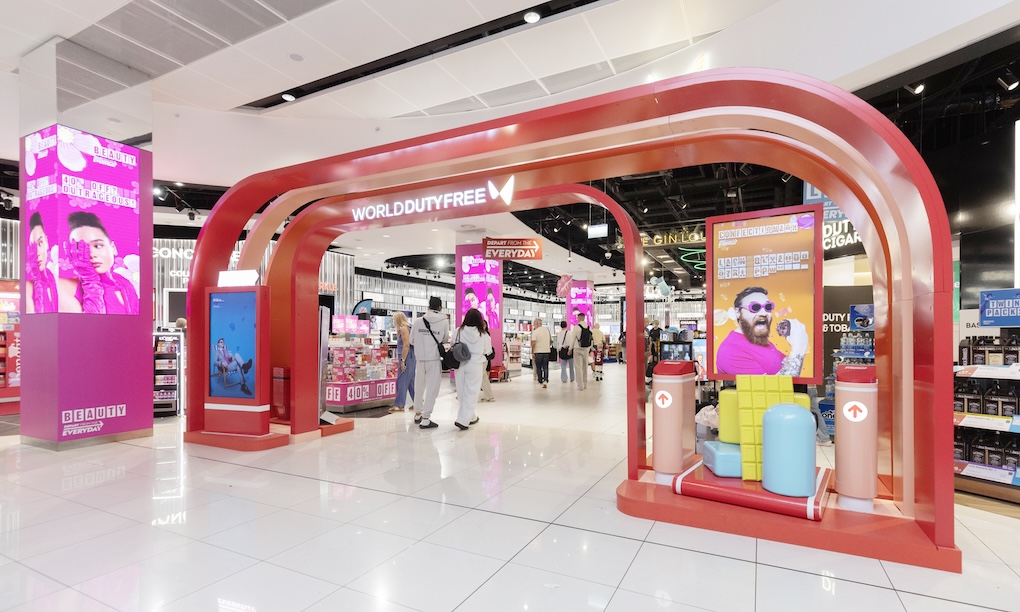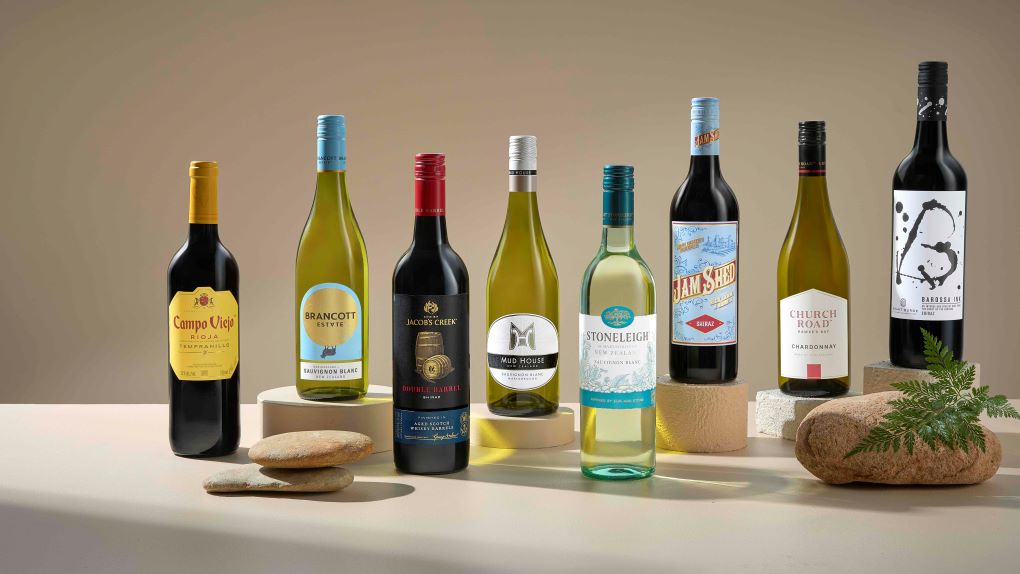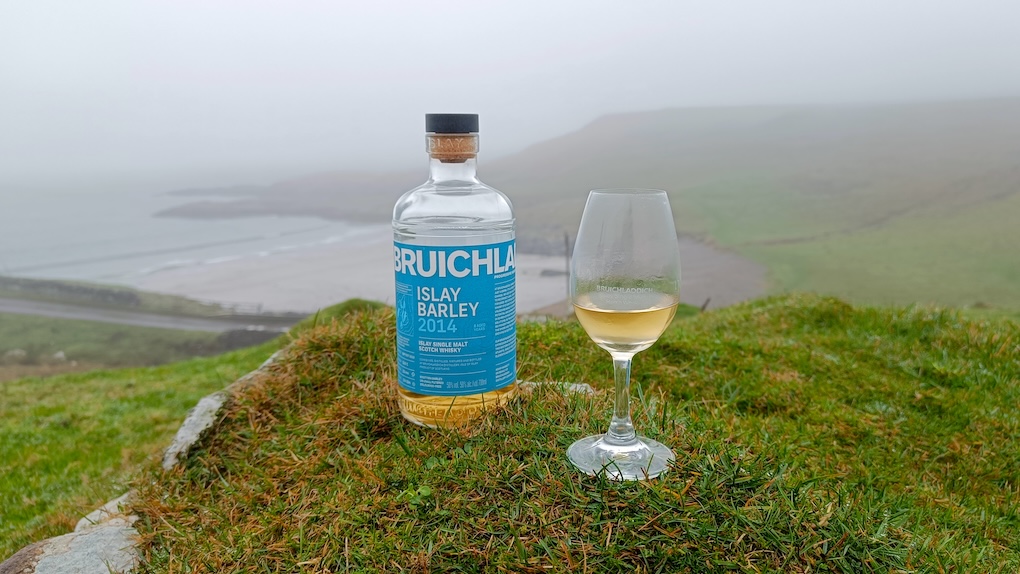
Introduction: Set against the ‘fairytale’ backdrop of Islay in the Inner Hebrides, Scotland, Bruichladdich Distillery demonstrates a deep understanding of how whisky and agriculture are intrinsically linked.
The B Corp-certified distillery has built its reputation on progressive distillation techniques and a commitment to using locally sourced ingredients.
The Moodie Davitt Report Senior Reporter Ameesha Raizada visited the Hebridean island last week (12 -14 November) to learn more.
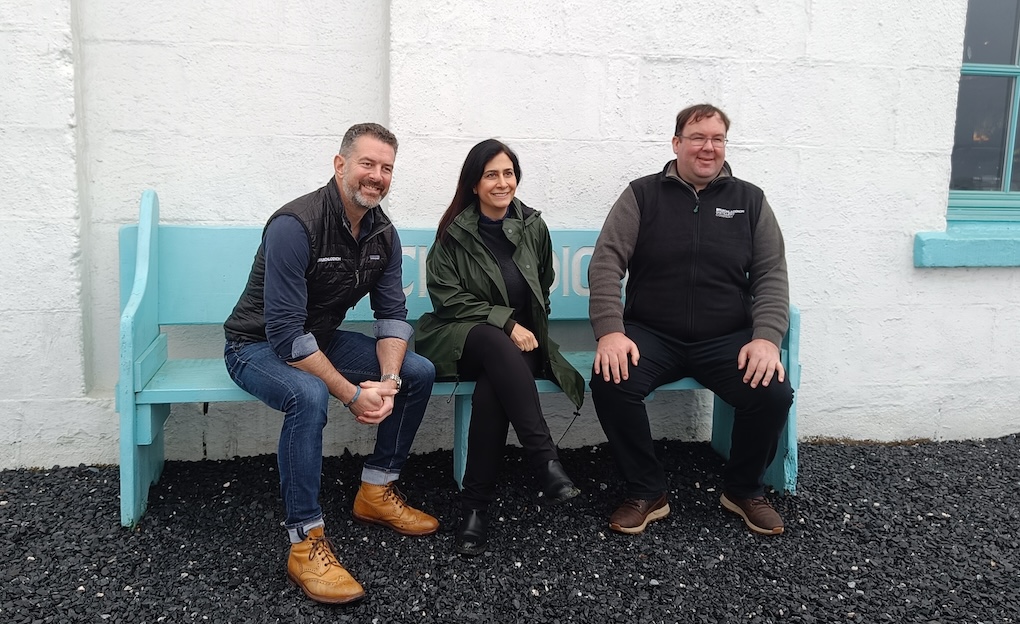
She was joined by (pictured above, from left) Bruichladdich Distillery CEO Douglas Taylor; Rémy Cointreau CEO Global Travel Retail Fida Bou Chabke; and Bruichladdich Distillery Production Director Allan Logan.
Together, they discussed the distillery’s vision for the future and its people-first philosophy.
Filmed by Ameesha Raizada and edited by The Moodie Davitt Report Head of Digital Delivery Declan Moodie
Established in 1881 by the Harvey brothers, Bruichladdich Distillery has weathered periods of closure and change. After decades of operation, the distillery was shut down in 1994, seemingly destined to fade into history.
However, its fortunes turned in 2000 when wine merchants Mark Reynier and Simon Coughlin, along with 48 private investors, bought the distillery for £6.5 million (US$8.15 million).
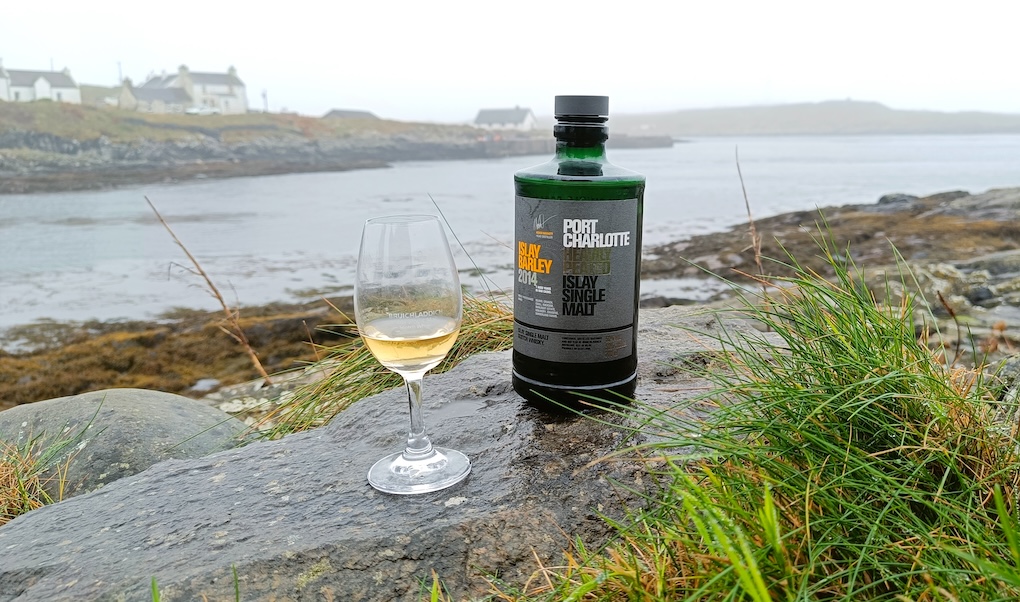
Production Director Allan Logan, who has been a part of Bruichladdich’s journey for the past 23 years, remarks: “There were eight of us that managed to get the facility back up and running by May 2001.
“It’s been an amazing journey because we brought a mothballed distillery back to life, alongside an ethos of creating employment.
“It is rewarding to see young, local people managing to get a job on the island, working for a business that is a positive force for our community and beyond.”
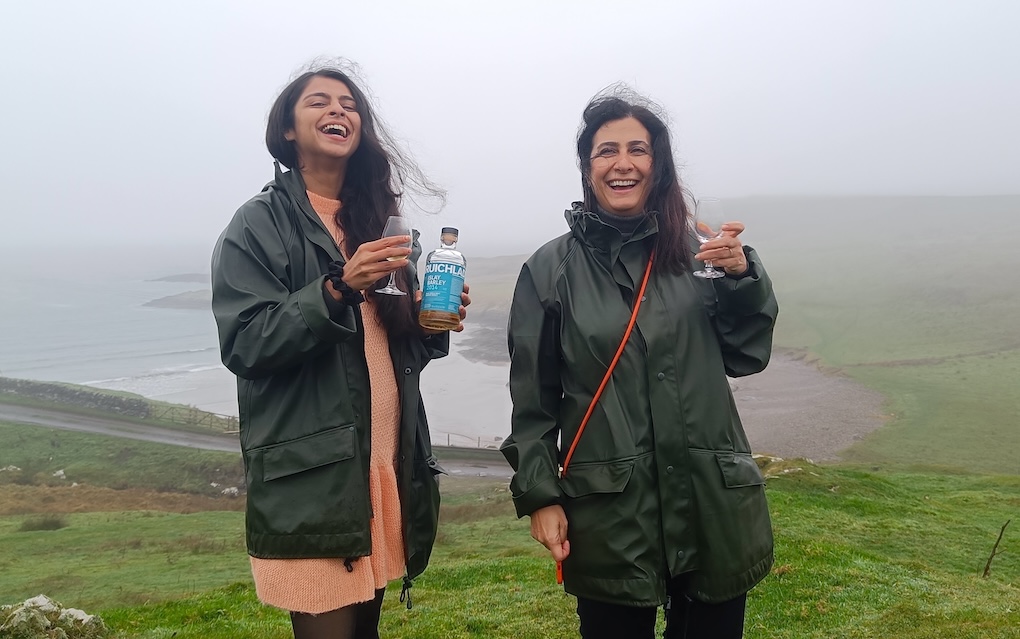
In 2012, Bruichladdich Distillery entered a new chapter when it was acquired by Rémy Cointreau, a move that provided the resources to expand its reach.
The distillery’s whisky portfolio features Bruichladdich, Port Charlotte and Octomore, each offering its own expression of Islay’s character.
Additionally, Bruichladdich produces The Botanist gin, capturing the island’s natural beauty through a blend of hand-foraged botanicals.
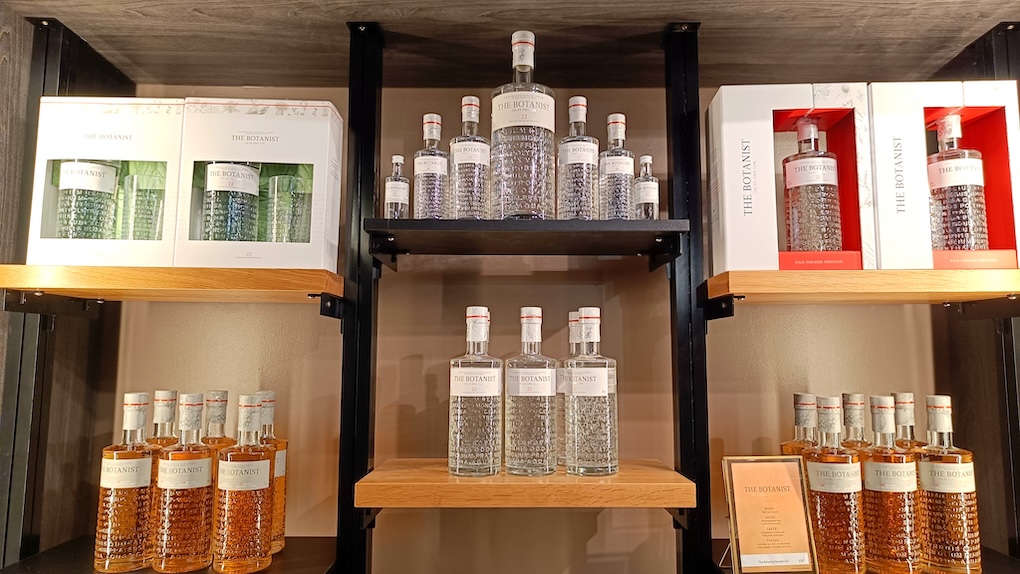
Balancing tradition and efficiency
Bruichladdich’s centrepiece is a 143-year-old cast iron, open-top mash tun – a hallmark of Victorian engineering. It is a source of pride for the distillery: “Call it nostalgia. Call it romance. We call it the key to what makes our whisky special.”
Logan acknowledged that a stainless-steel, closed-top mash tun would offer greater efficiency and simplify maintenance. Yet, the distillery remains committed to preserving tradition.
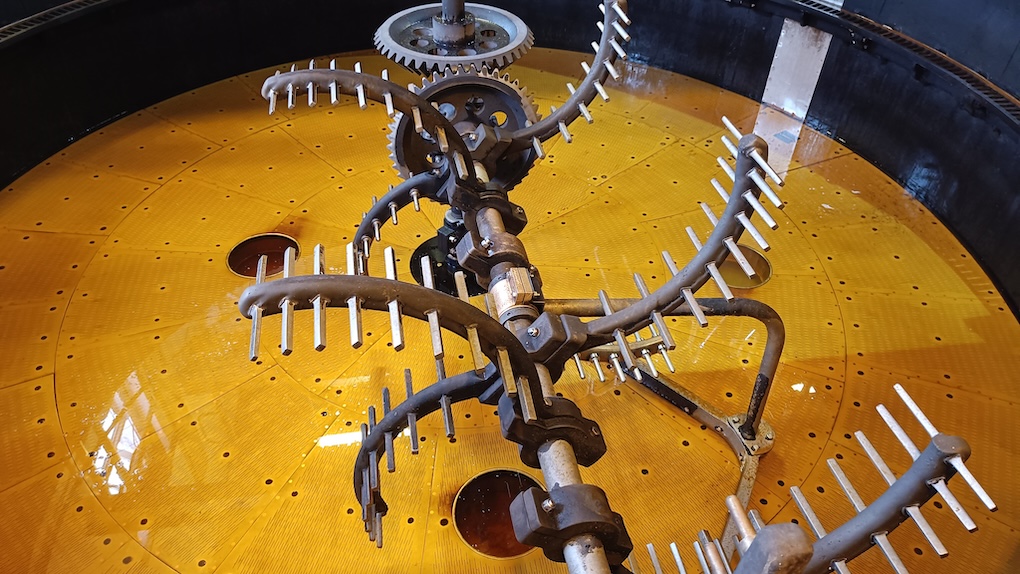
He says: “We’ve wrestled with the balance of wasted energy versus maintaining something that’s traditional, and we try and compensate by making up elsewhere.”
Bruichladdich Distillery CEO Douglas Taylor added that while the mash tun represents a smaller sustainability challenge, the distillery’s focus lies elsewhere.
“The majority of our footprint and emissions are coming from the fuel that we use for distilling,” he says. “So that’s the biggest target for us.”
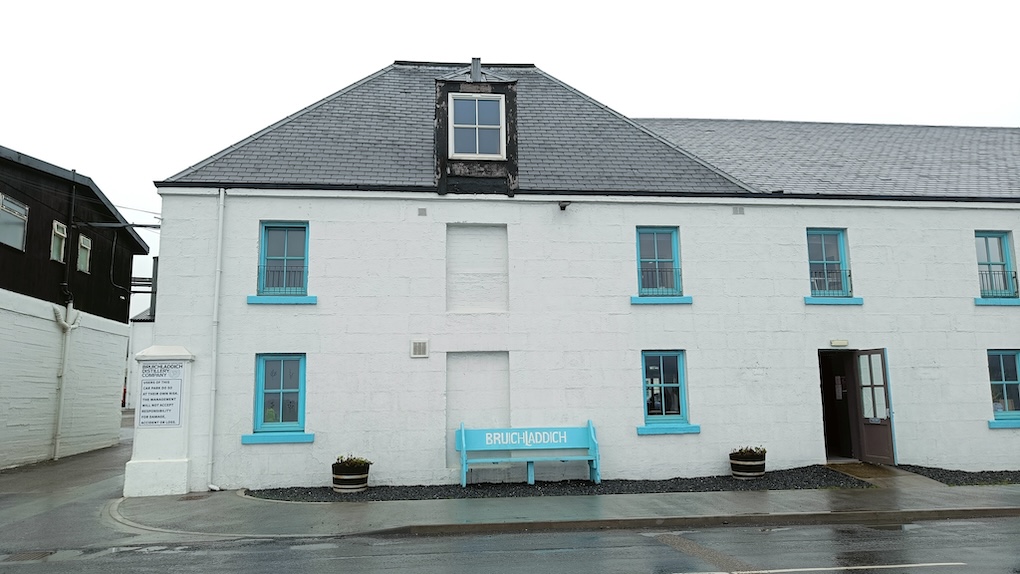
The distillery has made several investments in renewable energy, aligning with its broader environmental goals.
Logan remarks: “There are discussions going on with the Scottish government to unlock the potential for renewables for the future. There is another project that we looked at with ScottishPower for an offshore wind project.

“Islay has also been recognised as by the Scottish government as one of the 70 islands off the west coast that they are focusing on making carbon neutral.”
For Bruichladdich, sustainability is not a trend; it is a reflection of values long held by the distillery. As Taylor puts it: “Are we becoming a more sustainable business today, or have we always been sustainable?
“I think we just didn’t badge it. It’s just a continuation of the beliefs and the principles of the business that we’ve had all along the way.”

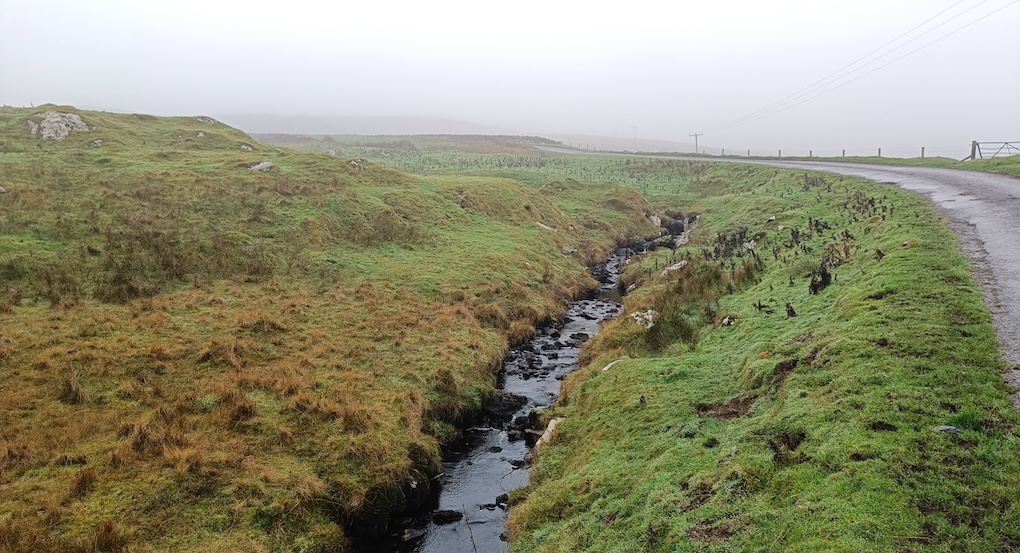
‘From farm to flavour’

Bruichladdich, Port Charlotte and Octomore are unified by a focus on 100% Scottish barley. The distillery works with various barley strains, including Islay-grown crops, to emphasise traceability and cultural terroir.
As Global Communications Brand Manager Amy Brownlee puts it: “Bruichladdich Distillery is passionate about traceability from farm to flavour.”
Head Distiller Adam Hannett adds: “When you’re tasting those spirits and watching recipes develop, you can taste the difference.”
While the Bruichladdich range is unpeated and focuses on the barley’s natural character, Port Charlotte and Octomore offer heavily peated single malt whiskies.
Bruichladdich Distillery Junior Brand Ambassador Eva MacIntyre says: “In the early 2000s the only thing that mattered on a bottle of whisky was the age statement. And nobody really took into consideration anything else.
“But [then Master Distiller] Jim McEwan wanted to create an Islay whisky and do as much as possible using Scottish products and a local water source. This includes bottling, which most distillers do on the mainland.”
Bruichladdich has three water sources on Islay, one of which is the Octomore Spring (Tobar an Uisge Fhìor) which provides water for mashing, where barley is combined with water to extract sugars for fermentation.
Water sourced from Loch Staoisha is used for cooling during the distillation process, while water from Islay’s municipal supply is used for cleaning and general operations.
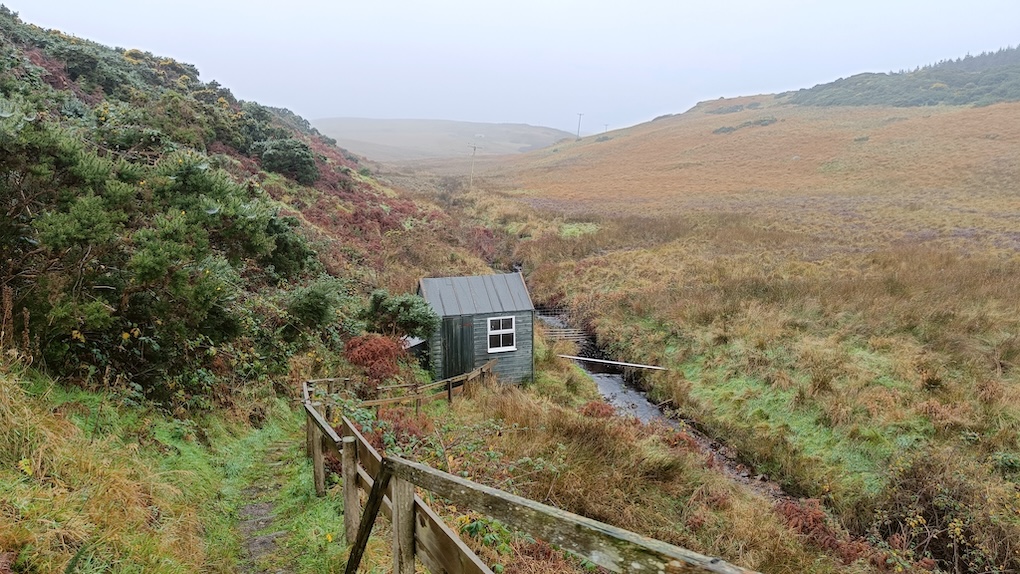
Hannett says: “When we use bere barley from Orkney it yields terribly, breaks the mash tun – it is a nightmare to work with. But when you taste the spirit, it all makes sense.
“Our whisky is more expensive than other whiskies but there are really good reasons for it. I say it’s not a race to the bottom or how cheap you can make it.
“It is about giving value for money, educating consumers and being transparent. The story behind the whisky is very important.”

The art of foraging
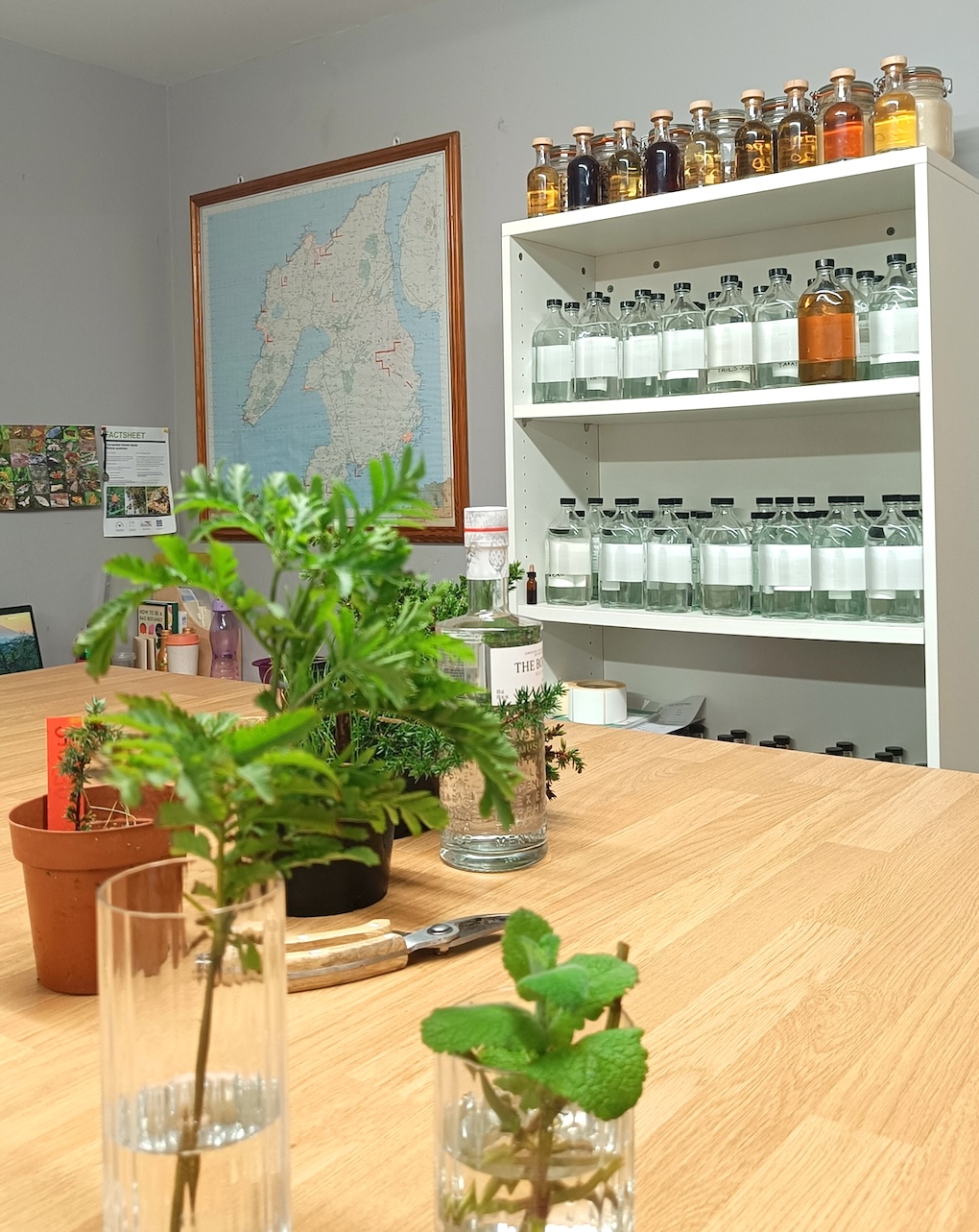 The Botanist Gin was launched in 2011 by Bruichladdich Distillery. At its heart are 22 wild botanicals (the original recipe also included juniper, now excluded in community interest as it has been identified as a vulnerable species), hand-picked on Islay by resident foragers James Donaldson and Kate Hannett.
The Botanist Gin was launched in 2011 by Bruichladdich Distillery. At its heart are 22 wild botanicals (the original recipe also included juniper, now excluded in community interest as it has been identified as a vulnerable species), hand-picked on Islay by resident foragers James Donaldson and Kate Hannett.
Donaldson says: “To create The Botanist our predecessors Dr Richard Gulliver and Dr Mavis Gulliver were roped in to find local plants that would bring flavour or aroma.
“It was an unaged spirit straight off the still – botanicals softened it and added a bit of body.”
The botanical recipe includes heather, applemint, lemon balm, gorse flowers and meadowsweet among others, capturing the island’s diverse flora.
Donaldson adds: “We’re always looking to pick a little from a lot of places. Partly, that’s a sustainability measure so we have less of an impact. But we’re also levelling off natural variation by foraging across the island.”
Distilled in a Lomond still affectionately called ‘Ugly Betty’, The Botanist gin undergoes a slow, low-pressure distillation process.
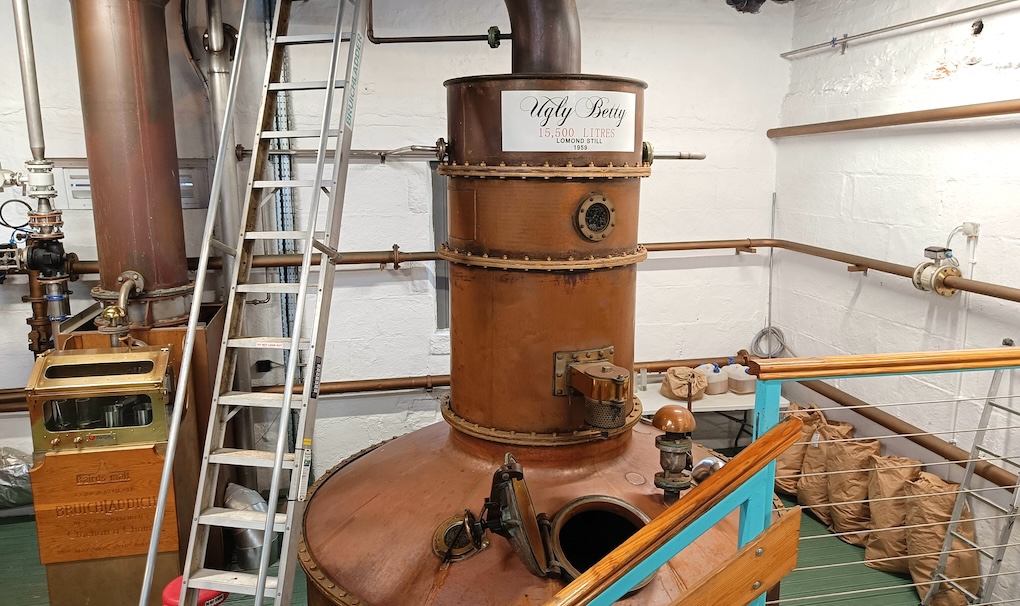
Some of the botanicals are dried while others are tinctured as is. The dry botanicals go into a ‘tea bag’, while plant tincture is poured on top.
During distillation, vapour helps extract delicate flavours from this mix, resulting in a complex profile of floral, herbal and citrus notes.

Distilling in a changing climate

Adam Hannett highlights how changing weather patterns have affected traditional distillation practices: “Climate change is a massive factor – it’s affecting how we distill with the water.
“You wouldn’t necessarily believe the west coast of Scotland has any dry spells, but we do, and climate shift is impacting how we produce spirits.”
It has become more challenging to predict water availability and balance the distillation process, underlining the importance of managing natural resources sustainably.
He continues: “The Scottish government recently started a consultation to understand the usage of peat, hoping to ban it completely. But there’s obviously a traditional use of peat in whisky production.
“We are trying to focus on being part of the solution and thinking about how we can restore peatlands.”
According to the International Union for Conservation of Nature, about 80% of UK peatland is degraded to some extent.
Hannett says: “Working to rebuild it means that you can start creating a carbon sink while still extracting some peat for whisky usage. Because the quantity required is small, you can get to a balance where you sequester a lot more carbon than you’re emitting.”
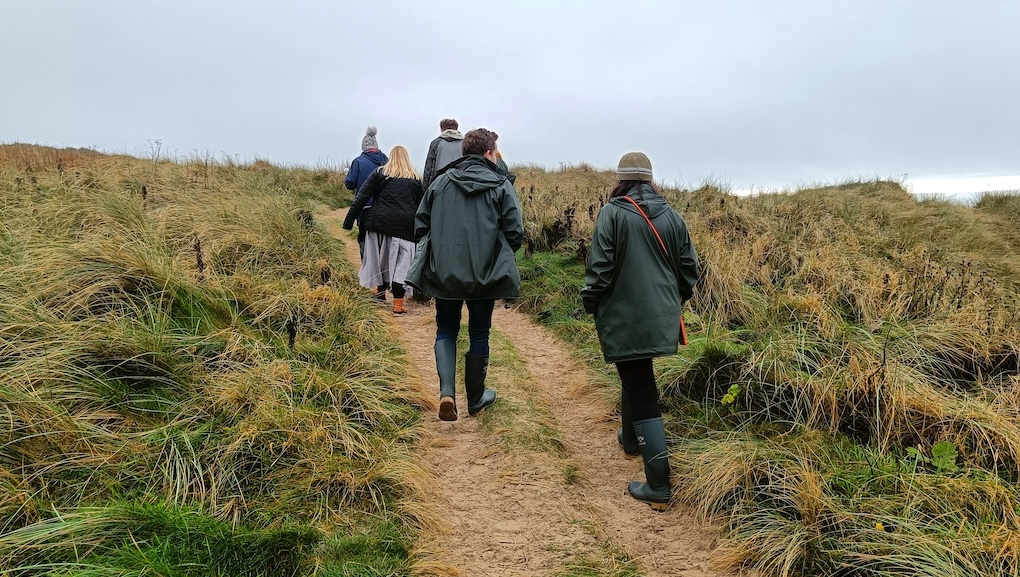
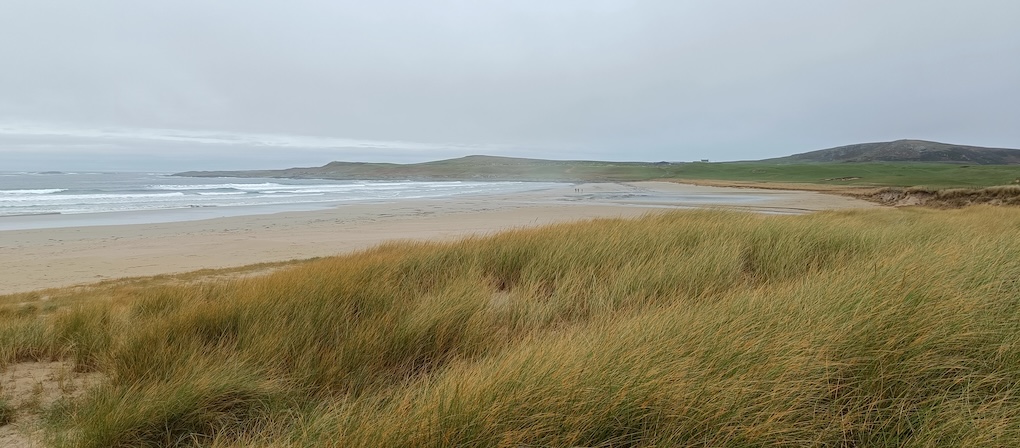
A roadmap for conscious consumerism
As demand for single malt whisky surges, managing scarcity while fostering growth is a delicate act. “It’s not so scarce that we can’t grow,” says Taylor.
“We have enough to nourish the growth that’s in there. But it’s about ensuring the right stock reaches the right locations.”
He emphasises that maintaining visibility in high-traffic areas such as airports is vital. “We’re outstripping the forecast in terms of what we are allocating to travel retail, but that is not putting pressure on our ability to deliver.
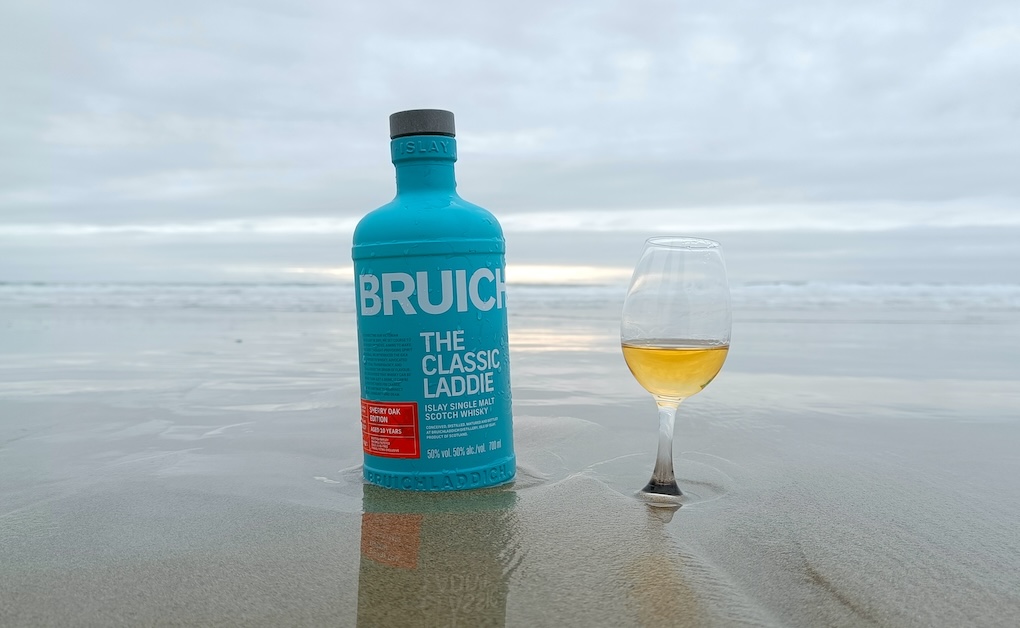
“But it’s a careful balance – we don’t have bucketloads of everything. It’s about working closely with the right partners.”
Visibility remains a cornerstone of Bruichladdich’s strategy, particularly in travel retail. “Sampling and education go hand in hand with visibility,” Taylor says.
“People buy into the product as well as the proposition. They buy into the liquid and the story, and the way it’s manifested.” This is what opens doors to better shelf presence and layout discussions with retailers.
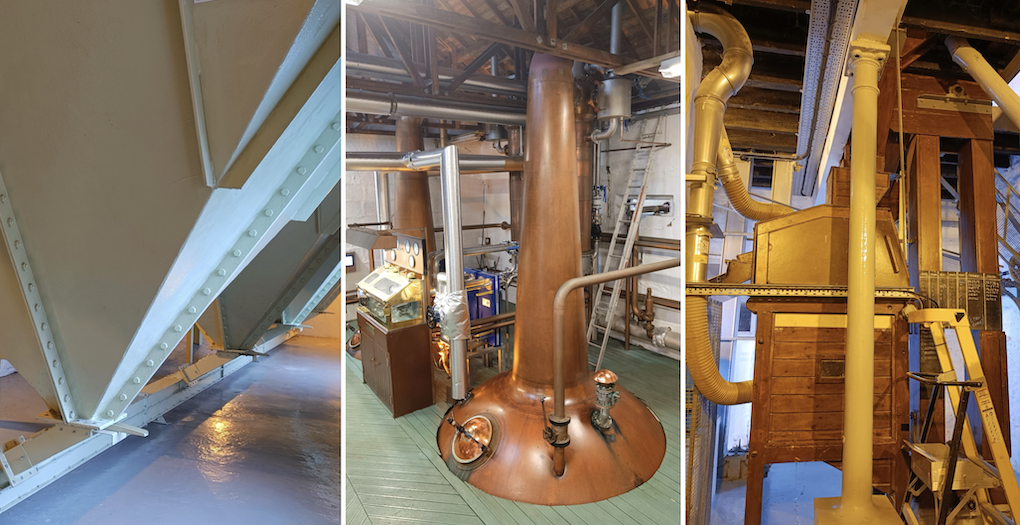
He adds: “Commercially, we’re less than 1% of the global scotch whisky market – a fraction of a fraction. And actually, nobody really knows we exist. Those who do know we exist really feel like Bruichladdich holds a lot of weight. So I think there’s lots of headroom for a business like us.”
The CEO identifies the USA and global travel retail as key markets for the growth of its whisky portfolio. For The Botanist, Japan and the UK are the top targets.
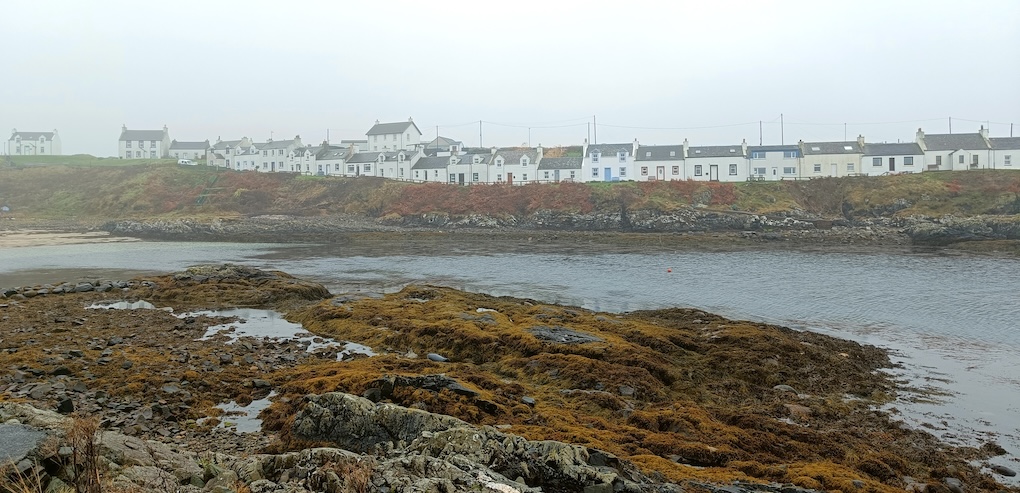
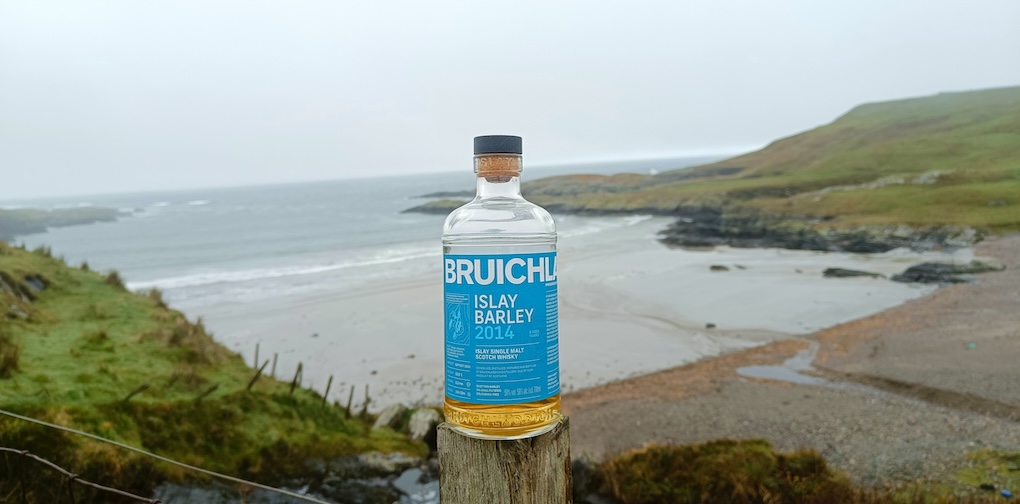
In 2025, Bruichladdich will launch a 16 Year Old organic whisky, supported by worldwide activations showcasing a compelling brand image proposition.
Taylor remarks: “Travel retail forms a meaningful percentage of our business and I think it’s going to be the fastest-growing channel for us.”
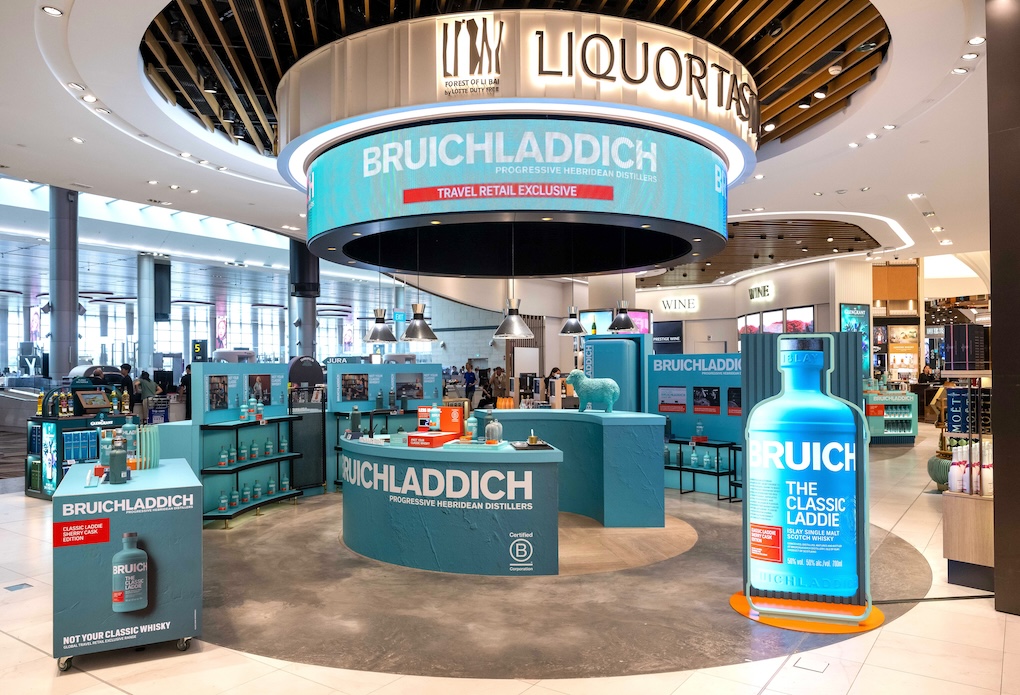

Rémy Cointreau CEO Global Travel Retail Fida Bou Chabke comments: “In travel retail, some markets continue to grow because people are transitioning from blended whisky to single malt, for example India and South Korea. Singapore is a platform for the entire Bruichladdich portfolio so we’re investing in permanent visibility there.”
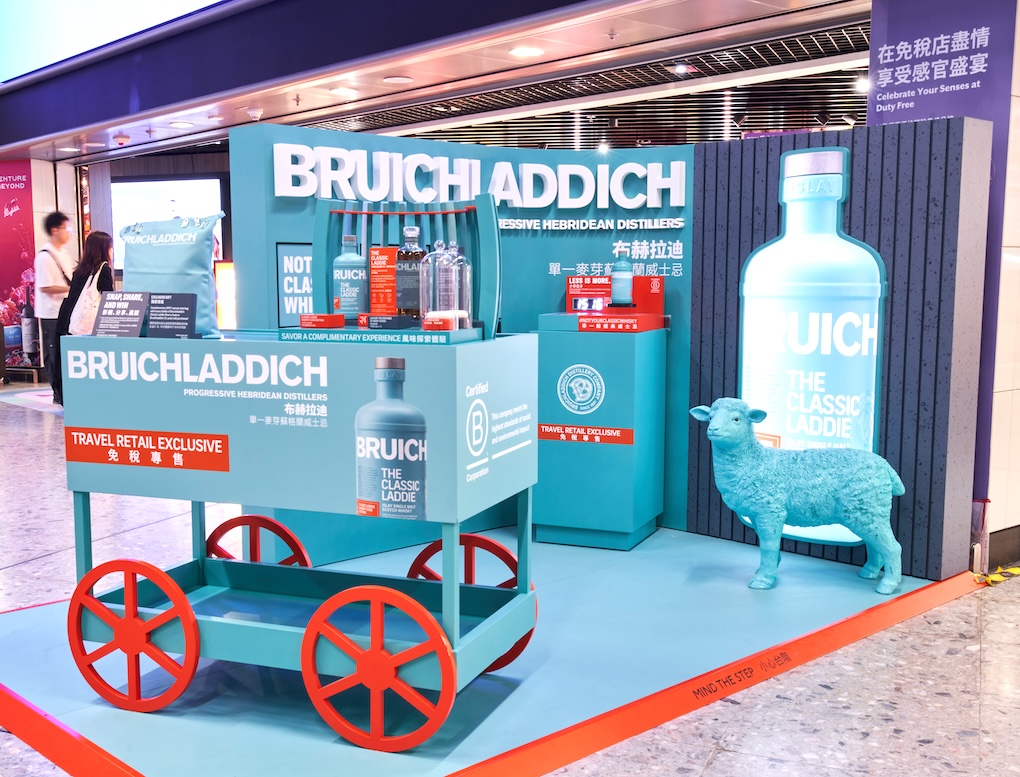
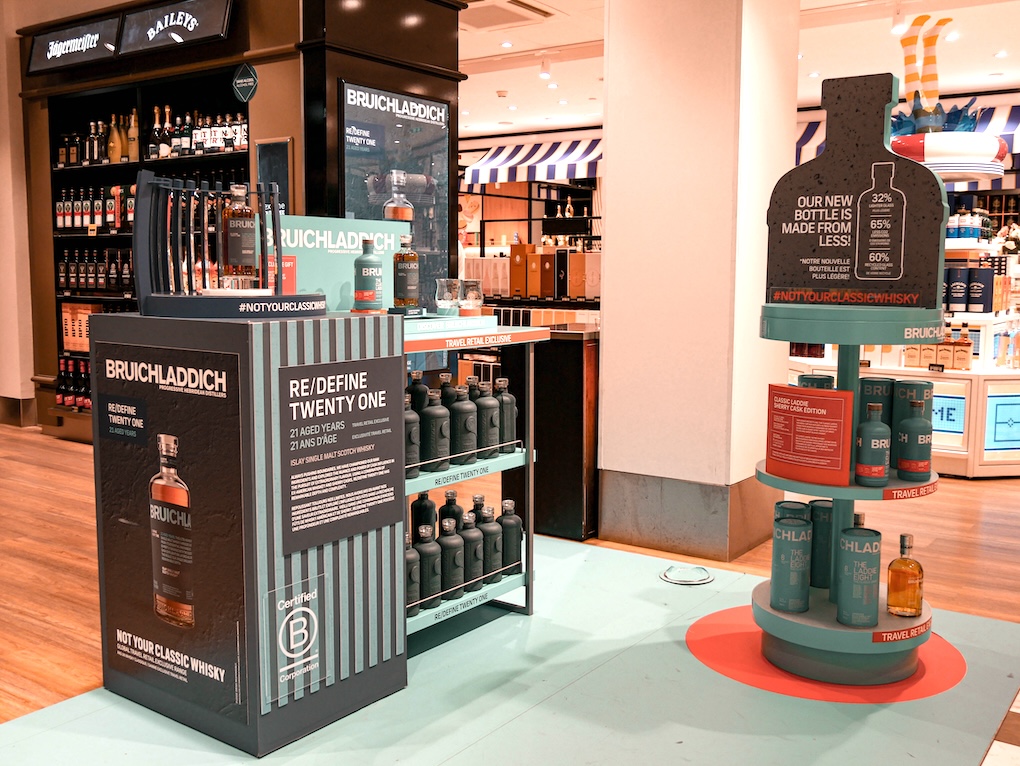
When it comes to innovation, Taylor believes that the distillery is “fastest when innovating from instinct, slowest when innovating according to the rules of the industry”.
Bou Chabke agrees: “Bruichladdich is a very agile brand, and we’re always able to innovate and surprise our customer pretty fast.”
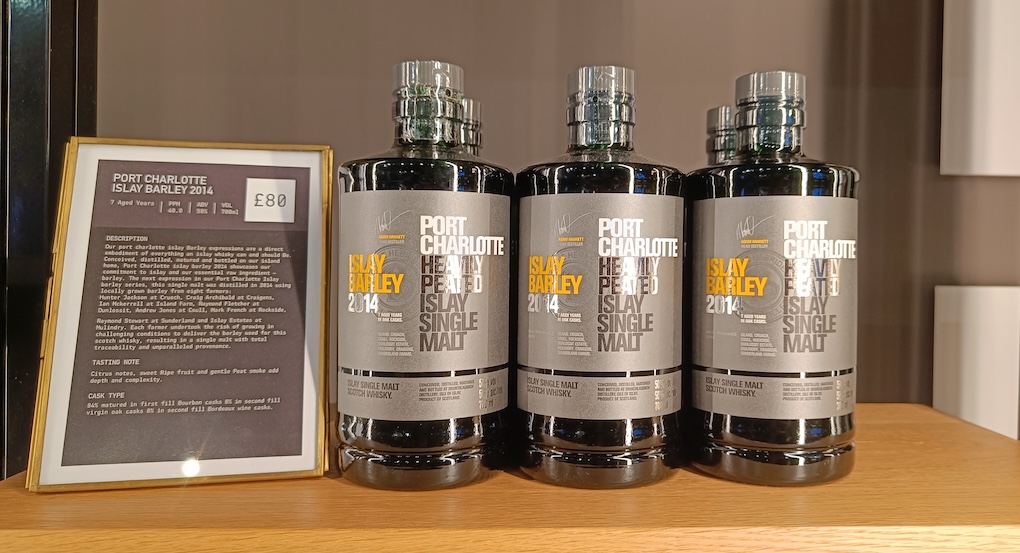
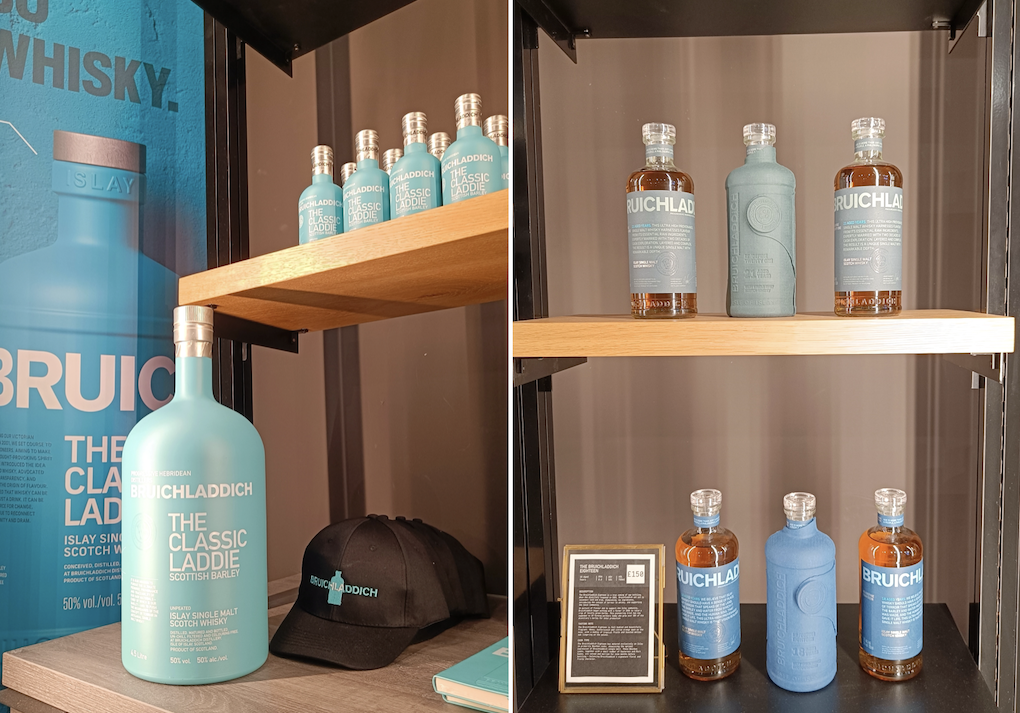
Logan illustrated this with the creation of their Islay-grown rye whisky called The Regeneration Project. “It started as a conversation with farmers about crop rotation.
“There were no records of rye being grown on Islay, but we decided to give it a shot. From there, we worked on distilling and creating something entirely new.”
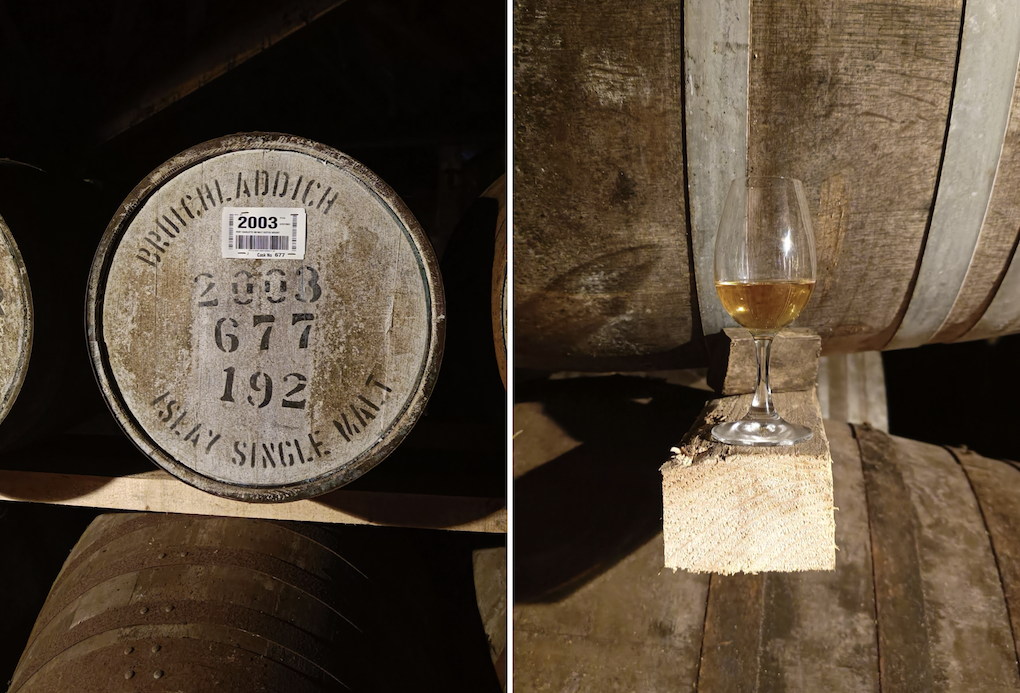
As Bruichladdich looks ahead, Taylor reflects on the role of conscious consumerism in shaping the distillery’s future: “There’s going to be more of it in spirits consumption, especially in whisky. Conscious consumerism is an emerging trend that plays right into the ethos of this distillery and our community.”
With this forward-thinking approach, Bruichladdich remains committed to making whisky that honours both its past and its potential for a more sustainable future. ✈
